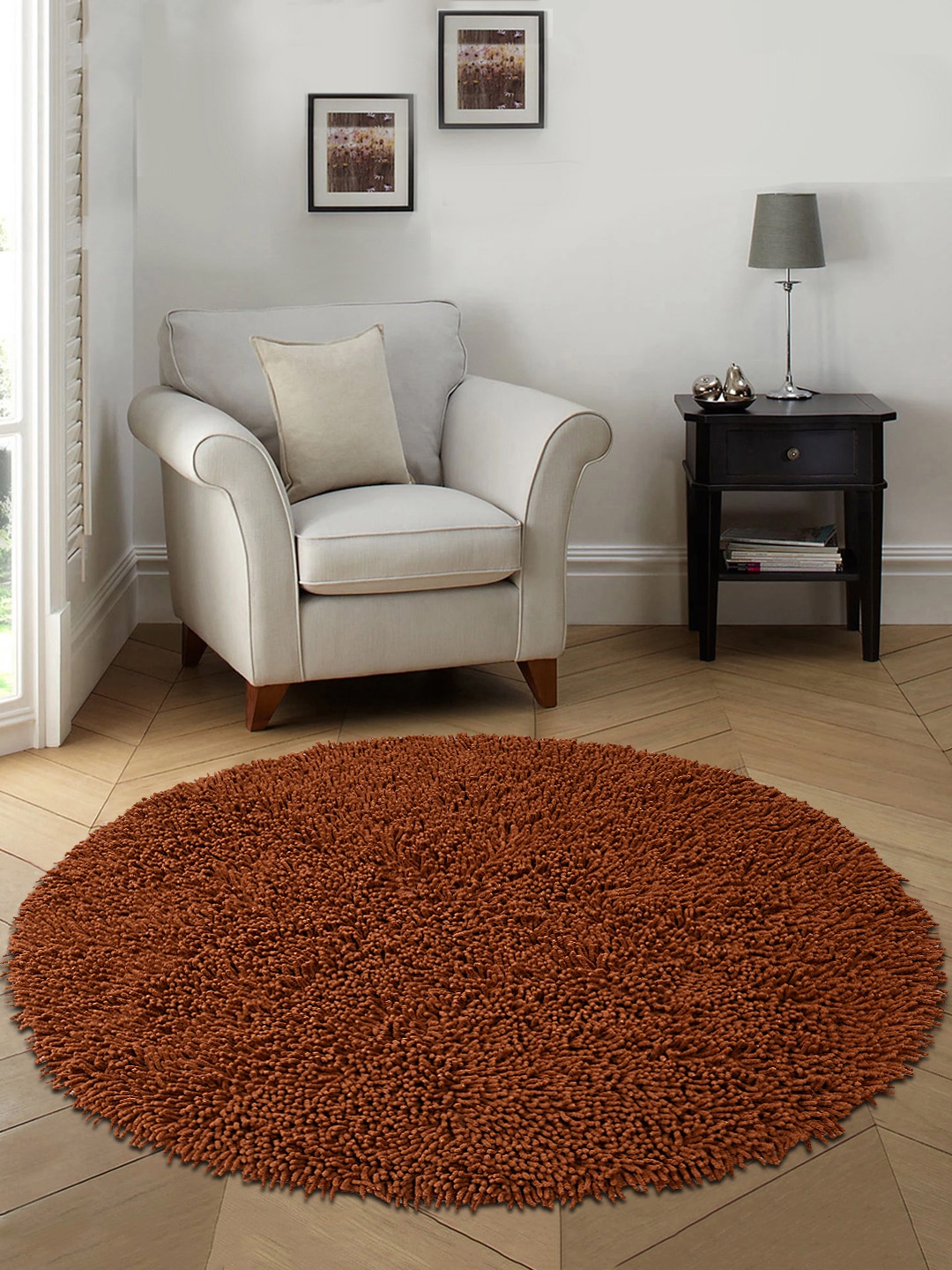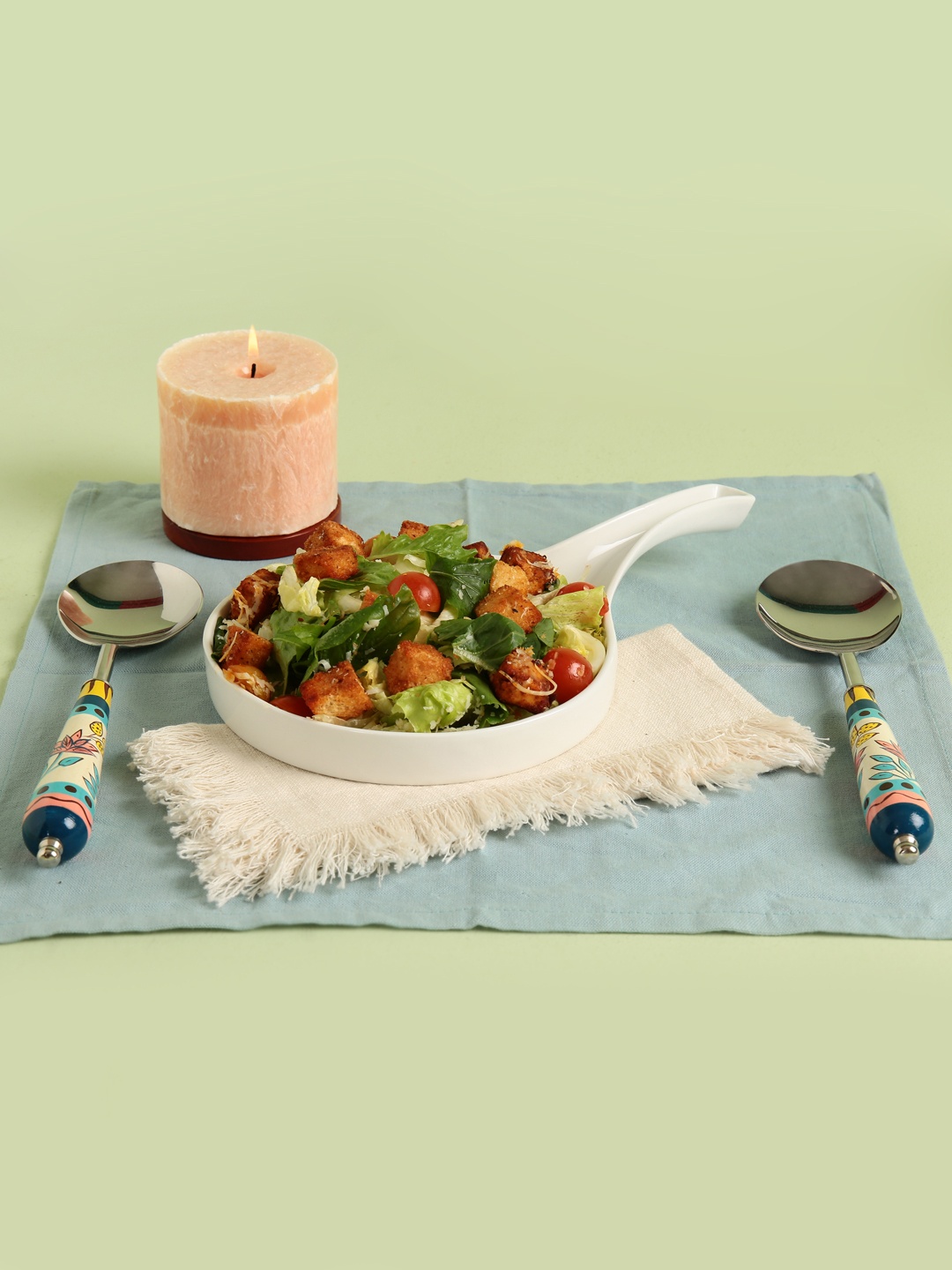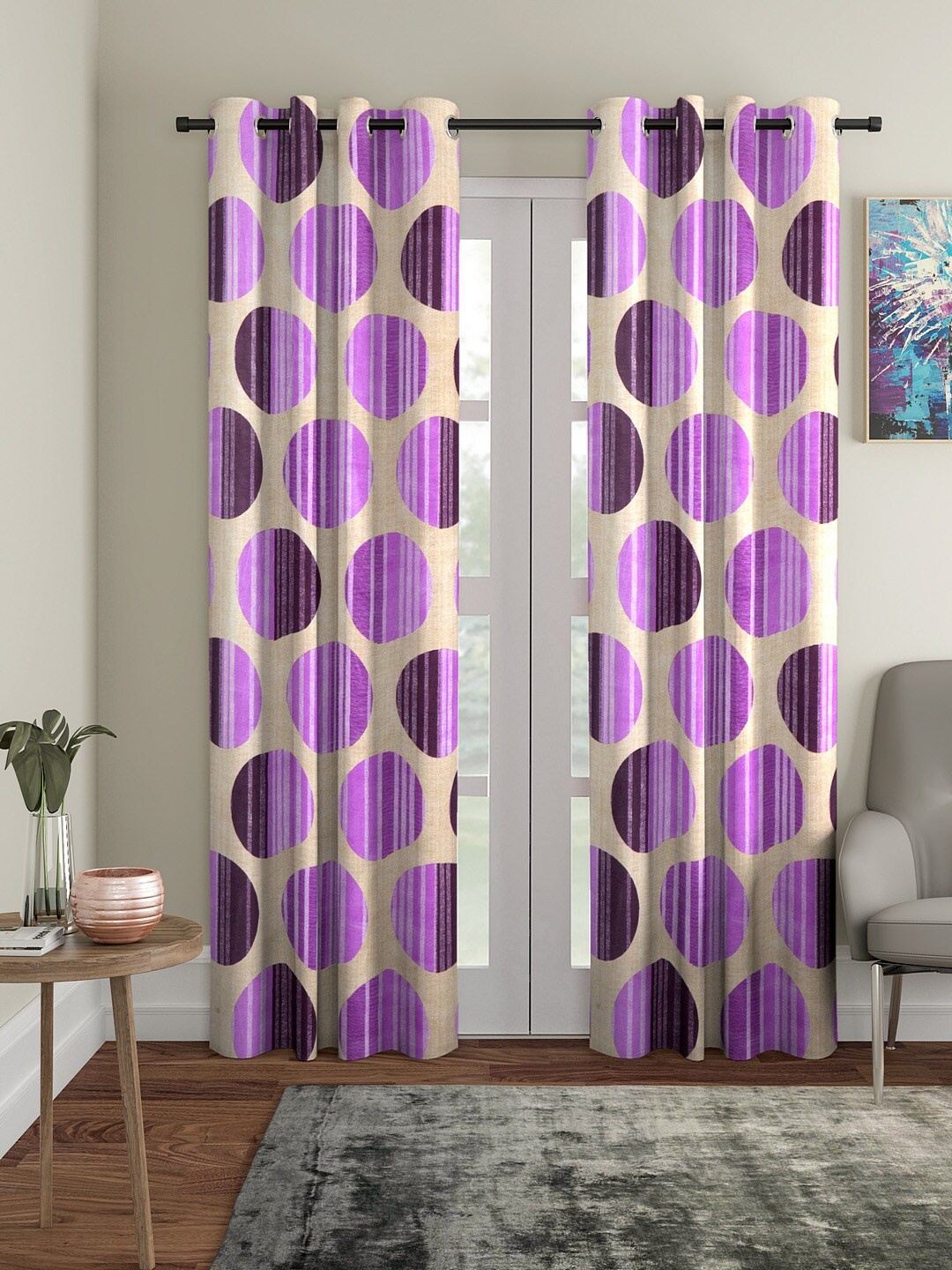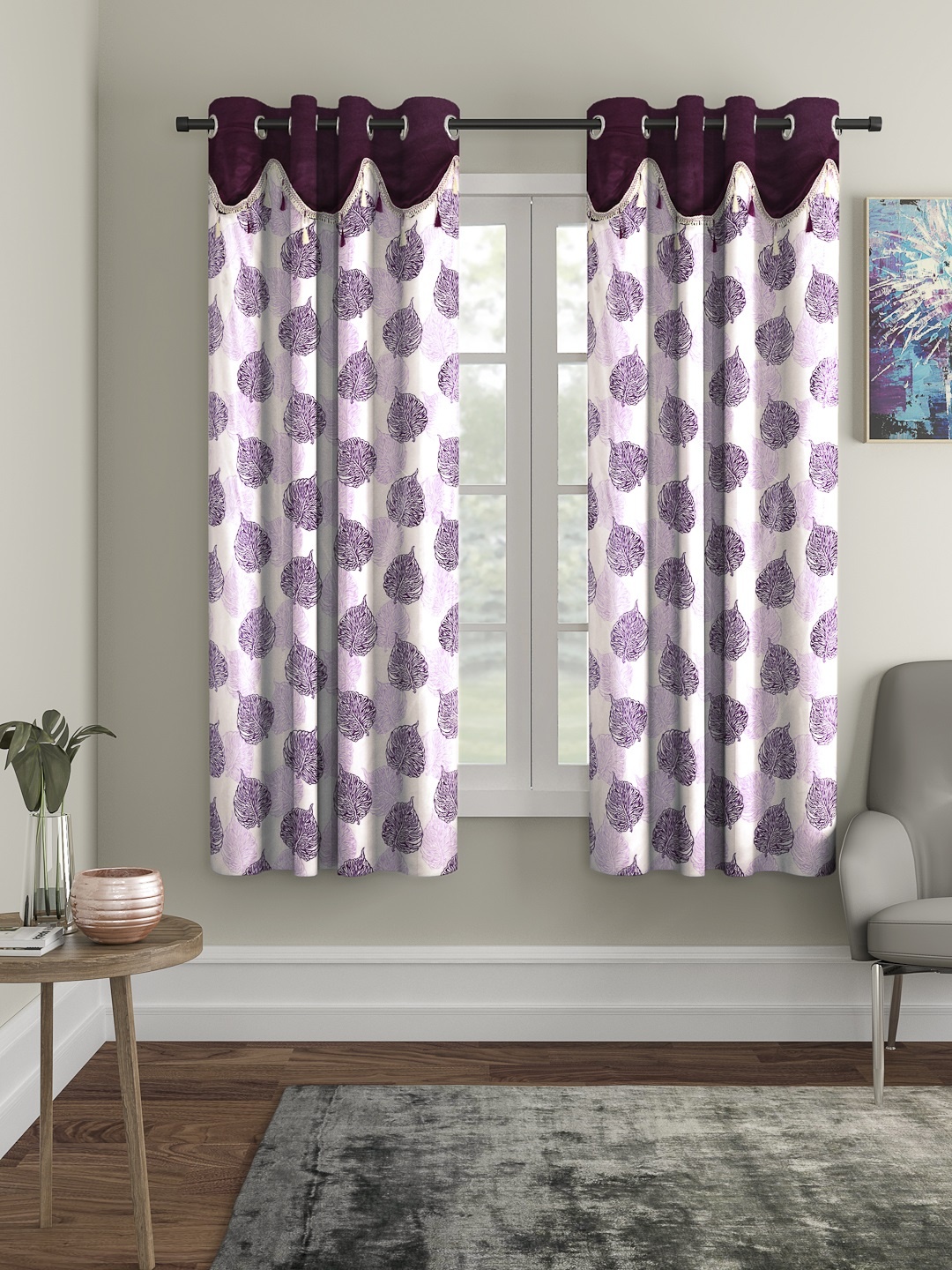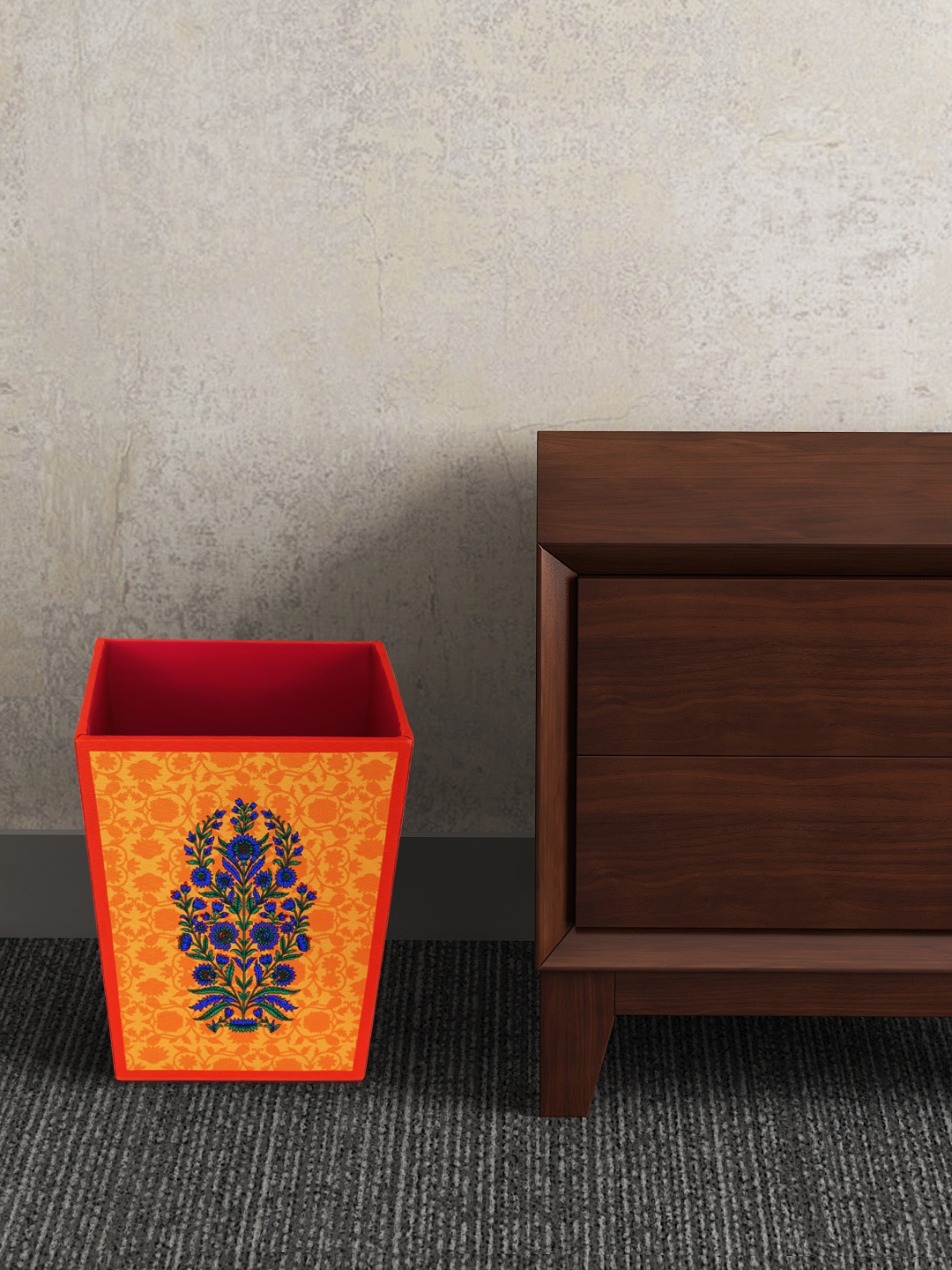Compact Kitchen 101: Master All Your Cooking With Just These 3 Utensils
Living solo in the city? Discover how a pressure cooker, kadhai, and non-stick tawa can simplify your cooking and save space. The ultimate minimalist kitchen guide for young urban dwellers.

Big flavours, small kitchen. All you need are three utensils to cook like a pro!
When I first moved to the city during college, my suitcase was heavier than my dreams. Between the books I swore I'd read, the clothes I never wore, and the random knick-knacks I thought I'd need, I had barely any room left for kitchen essentials. But I was determined to cook. Not just survive on Maggi and takeaway considering my compact kitchen, but actually cook like rajma that reminded me of home, dosas crisp enough to rival the ones at the corner cafe, and omelettes that didn't taste like regret.

Pressure cooker, kadhai, and tawa, your trio for mastering Indian meals in any space.
Photo Credit: Pexels
The problem? My kitchen was the size of a shoebox. And my budget? Let's just say it was more “student hustle” than “culinary luxury.” I needed a solution. Something simple, something smart. That's when I discovered the magical 3 kitchen utensils: the pressure cooker, the kadhai, and the non-stick tawa.
Also Read: Top 5 Affordable Induction Cooktops Below ₹2,500 for Compact Indian Kitchens
The Tale of 3 Compact Kitchen Utensils
1. Pressure Cooker
If there's one utensil that deserves a standing ovation, it's the pressure cooker. This humble piece of metal is nothing short of a miracle worker. It's the reason rajma doesn't take three hours to cook. It's the reason chhole tastes like it's been simmering for hours, even when you started cooking 30 minutes ago.
In my tiny kitchen, the pressure cooker became my best friend. I used it for:
- Rice and grains: Basmati, brown rice, or quinoa, you name it, the cooker will cook it.
- Lentils and pulses: From arhar to moong, everything can be softened beautifully.
- Curries: A quick saute of onions, tomatoes, and spices, followed by a pressure-cooked finish, and voila, restaurant-style curry at home.
- One-pot meals: Khichdi, pulao, even pasta (yes, pasta!) can all be done in one go.
The best part? It's efficient. It saves gas, time, and effort. And when you're juggling work, laundry, and existential dread, that's a blessing.
2. Kadhai
If the pressure cooker is the engine, the kadhai is the stage. This deep, round-bottomed pan is where the drama unfolds, the sizzling tadka, the caramelising onions, the dancing mustard seeds.
I remember the first time I made aloo gobhi in my kadhai. I didn't have fancy spatulas or a spice rack. Just a few basic ingredients and a lot of hope. But the kadhai delivered. The vegetables cooked evenly, the spices blended beautifully, and the result was something that tasted like home.
Here's what the kadhai can do:
- Dry sabzis: Aloo gobhi, bhindi, baingan, perfectly sauteed and crisp.
- Tadka for dals: That final flourish of ghee, garlic, and cumin.
- Stir-fries: Indo-Chinese magic like chilli paneer or hakka noodles.
- Deep frying: Pakoras, pooris, even gulab jamuns if you're feeling adventurous.
It's versatile, sturdy, and easy to clean. And unlike non-stick pans, it doesn't mind a little rough handling.
3. Non-Stick Tawa
Ah, the non-stick tawa. The unsung breakfast champion. The reason your rotis don't stick, your dosas don't tear, and your omelettes flip like they're in a cooking show.
I bought mine on a whim, thinking I'd use it occasionally. But it quickly became a daily essential. It's light, easy to store, and perfect for:
- Rotis and parathas: Soft, evenly cooked, and quick.
- Dosas and chillas: Crisp edges, no sticking.
- Omelettes and pancakes: Golden brown and fluffy.
- Toast and grilled sandwiches: Because who needs a toaster?
The non-stick surface means less oil, which is great when you're trying to eat healthy (or just pretending to). And it's a breeze to clean, just a quick wipe and it's good to go.
Why Just Three? The Idea of Minimalist Cooking
Living alone in a city teaches you many things, like how to budget, how to fix a leaking tap,and how to survive heartbreak with ice cream. But most importantly, it teaches you the value of less.
When you have to pack up and move every year, lugging around a dozen utensils feels like punishment. When your kitchen shelf is barely wide enough for a cutting board, clutter becomes chaos. That's why this three-utensil setup is a saviour.
It's not just about saving space. It's about smart cooking. It is also about knowing your tools and using them well. About creating magic with minimal resources.
And trust me, you won't feel limited. With just these three, I've cooked:
- Rajma chawal
- Chhole bhature
- Masala dosa
- Paneer tikka
- Veg pulao
- Aloo paratha
- Dal fry
- Egg curry
- Stir-fried noodles
- Pancakes and toast and many more such dishes
All without missing a beat.
Tips for Making the Most of Your Trio
To truly master the three-utensil kitchen, here are a few tips:
- Invest in quality: A good pressure cooker and kadhai will last years. Don't skimp.
- Learn multi-tasking recipes: One-pot meals, layered cooking, and batch prep can save time.
- Keep your pantry stocked: Spices, grains, and basic condiments go a long way.
- Clean as you go: With fewer utensils, cleanliness is key.
- Experiment: Don't be afraid to try new things. Your kadhai can make pasta. Your tawa can grill veggies. Be bold.
In a world obsessed with more and more gadgets, more options, more clutter, there's something liberating about simplicity. About knowing that you don't need a dozen pans to cook a great meal. Just three. Three trusty companions that make your kitchen feel like home.
So if you're a young one, living alone in the city, wondering how to set up your kitchen without putting your budget in the toilet, start with these three. The pressure cooker, the kadhai, and the non-stick tawa. They won't just help you cook. They'll help you thrive. And now you can explore a variety of options online too, so that your local store uncle couldn't scam you further.
And who knows? Maybe one day, you'll be flipping dosas in your tiny kitchen, smiling to yourself, thinking, “I really didn't need more than this.”
Frequently Asked Questions (FAQs)
1. What are the essential utensils for a small kitchen setup?
A compact kitchen only needs a few versatile tools. A pressure cooker, kadhai, and non-stick tawa can handle most Indian cooking tasks, from boiling grains and pulses to sauteing vegetables and making rotis or dosas.
2. Can I cook full Indian meals with just three utensils?
Yes! With a pressure cooker for grains and curries, a kadhai for dry sabzis and tadkas, and a non-stick tawa for rotis and breakfast items, you can prepare complete meals without needing extra cookware.
3. What size pressure cooker is ideal for solo cooking?
For individuals or small households, a 3-litre pressure cooker is usually sufficient. It's compact, cooks quickly, and is perfect for making rice, dal, or one-pot meals.
4. How do I maintain a non-stick tawa for long-term use?
Use wooden or silicone spatulas, avoid high heat, and clean gently with a soft sponge. Avoid metal utensils and harsh scrubbing to preserve the non-stick coating.
5. Is a kadhai better than a regular frying pan for Indian cooking?
Yes. A kadhai's deep, rounded shape makes it ideal for Indian cooking techniques like sautéing, frying, and simmering. It distributes heat evenly and accommodates larger quantities of food.








